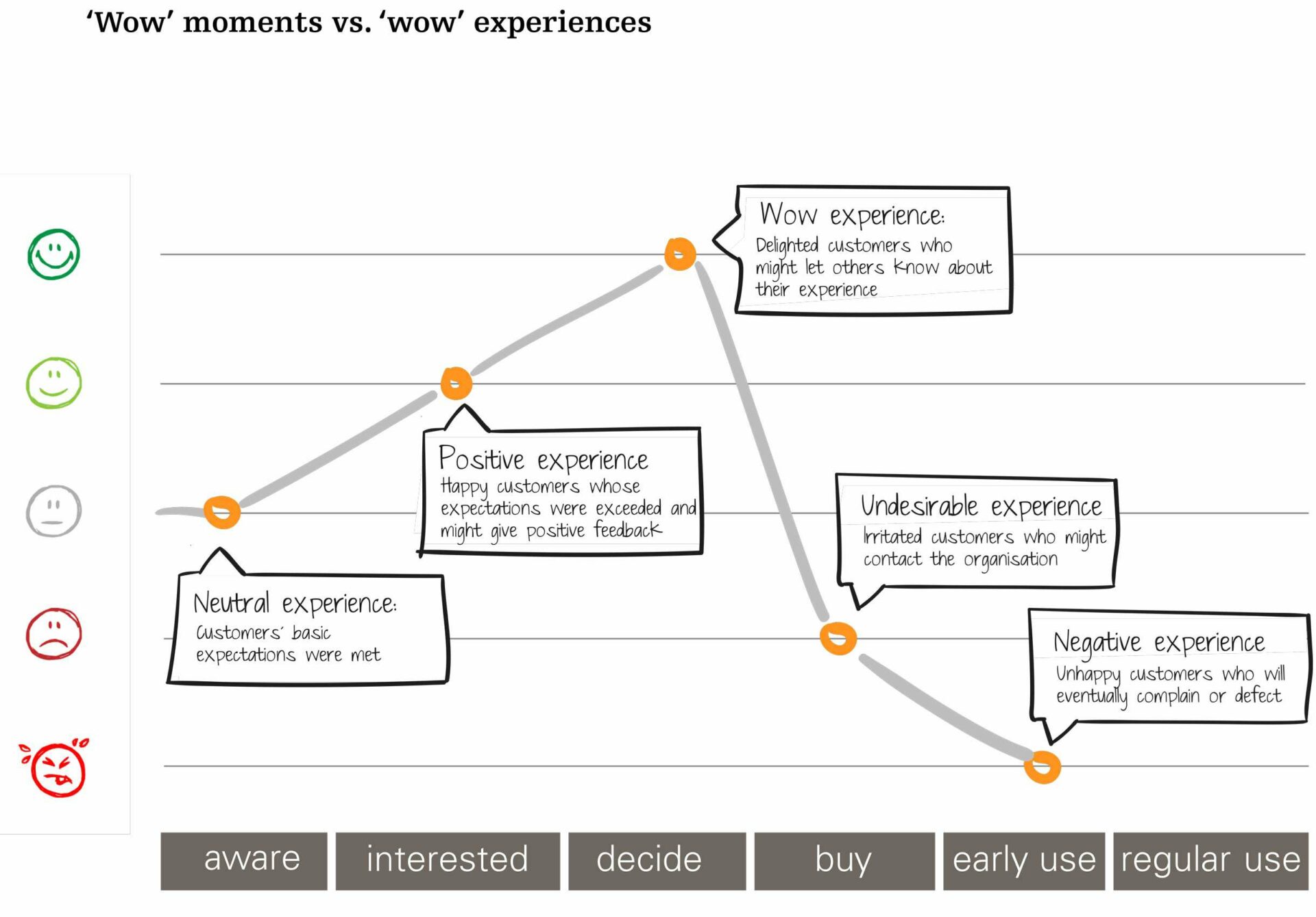Many organisations are still struggling to get a firm grip on the expectations of customers and users, and the motivations behind their behaviour. A thorough understanding of this helps you grow your customer base.
Strictly speaking, customers are not the same as users. Customers pay for your products and services but may not actually use them, while users directly consume and experience your products and services although they may not be the ones who actually pay. Having said that, both customers and users are also the same – they are humans!
Users play, customers pay
For users, their priorities and expectations are usually about the product or service itself. They would invest, learn and adapt to a product in order to make it work for them, as long as it has a specific purpose and serves them well.
However, for customers, their experience is strongly influenced by factors such as value for money, customer recognition, accessibility and ease of setup. Administrative hassles, lack of transparency and channel inconsistencies are major customer irritations that likely lead to lost sales or even customer defection.
Different needs and expectations
That explains why confused organisations sometimes approach users with information that is not relevant to them. Therefore, it is important to be clear whether you are dealing with customers or users before you start engaging with them. They have different needs and expectations, therefore require different strategies.
People are upset for different reasons
Sometimes, organisations don’t understand what people don’t like about them: the brand? the organisation? the service? This is particularly perplexing if people clearly like the products or services.
Here, the differentiation between customers and users is very useful. When a product fails to meet its promises, it’s often the users who are upset; but if there are problems with onboarding, acquiring or switching, it’s likely the customers will blame you. That explains why customers of feature-rich technical products such as smartphones or software can be very demanding before they actually buy the products.
People may forget what you said or what you did, but they never forget how they felt about you.
Users may not become subscribers
Organisations offering subscription-based services are familiar with the difficulty of converting users to paying subscribers. Advertising and promotions increase the number of users, while improving usability and attractiveness may result in higher usage. However, these activities do very little to lure the paying customers who would actually sign up and expect value for money.



